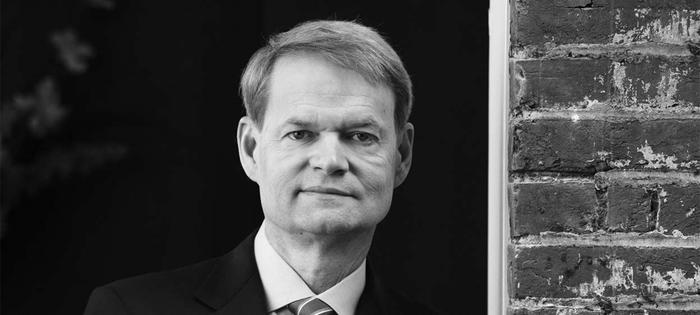Presidential campaigns face two challenges in the effort to get their candidate elected. First, convincing voters to vote for the campaign's candidate instead of the opposing candidate. Second, getting those voters already predisposed to voting for the campaign's candidate to turn out and vote on Election Day.
This latter effort becomes more and more important in a highly polarized political environment in which large swaths of voters are pretty much locked into their vote choice. Much of the effort this year within both Obama's and Romney's campaign teams will be focused on turnout.
Some basic structural patterns of voter turnout are clear from previous Gallup research, exit polls, and research done by the U.S. Census Bureau. Voters who are older, married, have higher education, have higher incomes, and own their homes are significantly more likely to vote than those who are in the opposite categories. The relationships between age and education and voting are particularly striking. Older Americans and well-educated Americans are much more likely to vote than their younger and less well-educated counterparts.
We will later in this election year isolate "likely voters" based on a complex pattern of questions asked of each voter. At this point, however, we have included in our election tracking a single question that asks each voter how likely they think they are to vote next November. It's a 1 to 10 scale, with 10 representing the response "I will definitely vote." Because about 78% of voters at this point say they will definitely vote, it's useful just to look at that figure -- the "definitely will vote" percentage -- as a rough estimate of turnout potential at this point. The demographics of turnout are pretty well established, as I've noted. The partisan and ideological correlates of turnout are also interesting.
For example, everyone talks about the importance of the "independent" vote, but one thing is clear from our analysis of this "definitely will vote" question: independents are less attached to the political system not only in the sense that they don't immediately claim a partisan label when asked, but also in the sense that they are not as likely to vote.
Here we see that while 80% or more of Democrats and Republicans claim they will definitely vote, only about two-thirds of independents agree. In short, while independent voters are valuable because they are not as anchored in their vote choice as are core Republicans and Democrats, they are less valuable because they are less likely to vote.
In the course of our interviews, we ask independents if they "lean" toward one party or the other, and a good percentage say they do. That allows us to split the sample into "core" Republicans and "core" Democrats (those who immediately claim identification with one of these two parties), "leaned" Republicans and Democrats (independents who lean to one party or the other), and finally, "pure independents" -- those who, even when prodded, say they don't lean to either party.

